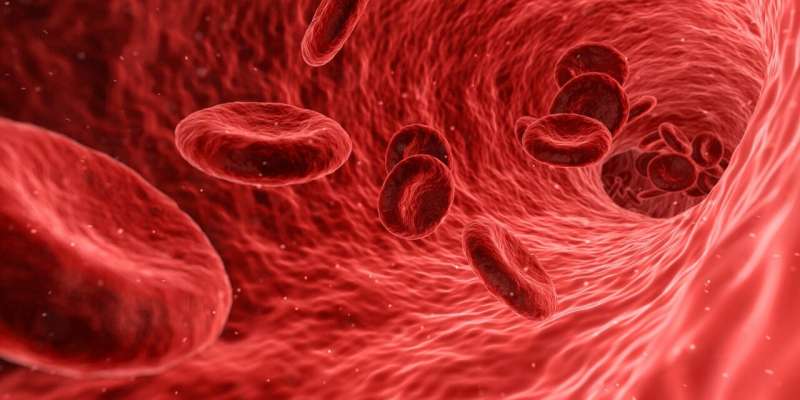Targeting inflammation to better understand dangerous blood clots

It's the third deadliest cardiovascular diagnosis, but doctors are still often stumped to explain why 40% of patients experience unprovoked venous thromboembolism (VTE). And after a patient has dealt with these dangerous blood clots once, a second and subsequent events become much more likely.
New research from a team of University of Michigan scientists may help solve the mystery of how to detect and deal with higher-than-usual clot risk in patients' veins. The study, done in mice and published in the Journal of Clinical Investigation, focuses on clots' relationship to the body's defense and repair system, which causes inflammation.
"We don't yet understand the molecular triggers which drive the development of life-threatening clots in deep veins," said Yogen Kanthi, M.D., the study's senior author and a vascular cardiologist at U-M's Frankel Cardiovascular Center. "Our work aimed to identify and block a previously unrecognized pathway linking inflammation and thrombosis."
Kanthi, also an assistant professor of internal medicine at Michigan Medicine, says VTE is triggered by some combination of coagulation and inflammation. But current treatments come up short, he says, because they only focus on one side of the equation: anticoagulation. After VTE, patients are often prescribed blood thinners for life.
Kanthi's lab is instead investigating inflammation's role in the development of deep vein thrombosis. His team's new study found an enzyme called CD39 diffused circulating "danger" signals and inflammatory cytokines in blood during thrombosis.
FDA-approved drugs already exist for other conditions that are affected by the same pathway, and in particular, the paradigmatic inflammatory cytokine molecule called interleukin-1 beta. In fact, when the researchers inhibited interleukin-1 signals in their study, they reduced the number and size of venous blood clots the animals formed, Kanthi said.
"Here, we focused on potential therapeutics at the intersection of inflammation and thrombosis," Kanthi said. "We showed that blocking interleukin 1 beta, a ubiquitous inflammatory molecule, was a powerful means to stop clot formation."
Earlier this year, Kanthi and colleagues published a paper in Arteriosclerosis, Thrombosis, and Vascular Biology that identified CD39 as important to the venous thromboinflammatory response.
More information: Vinita Yadav et al, ENTPD-1 disrupts inflammasome IL-1β–driven venous thrombosis, Journal of Clinical Investigation (2019). DOI: 10.1172/JCI124804

















